ACAM: The Journey to Prevent Hot Car Deaths
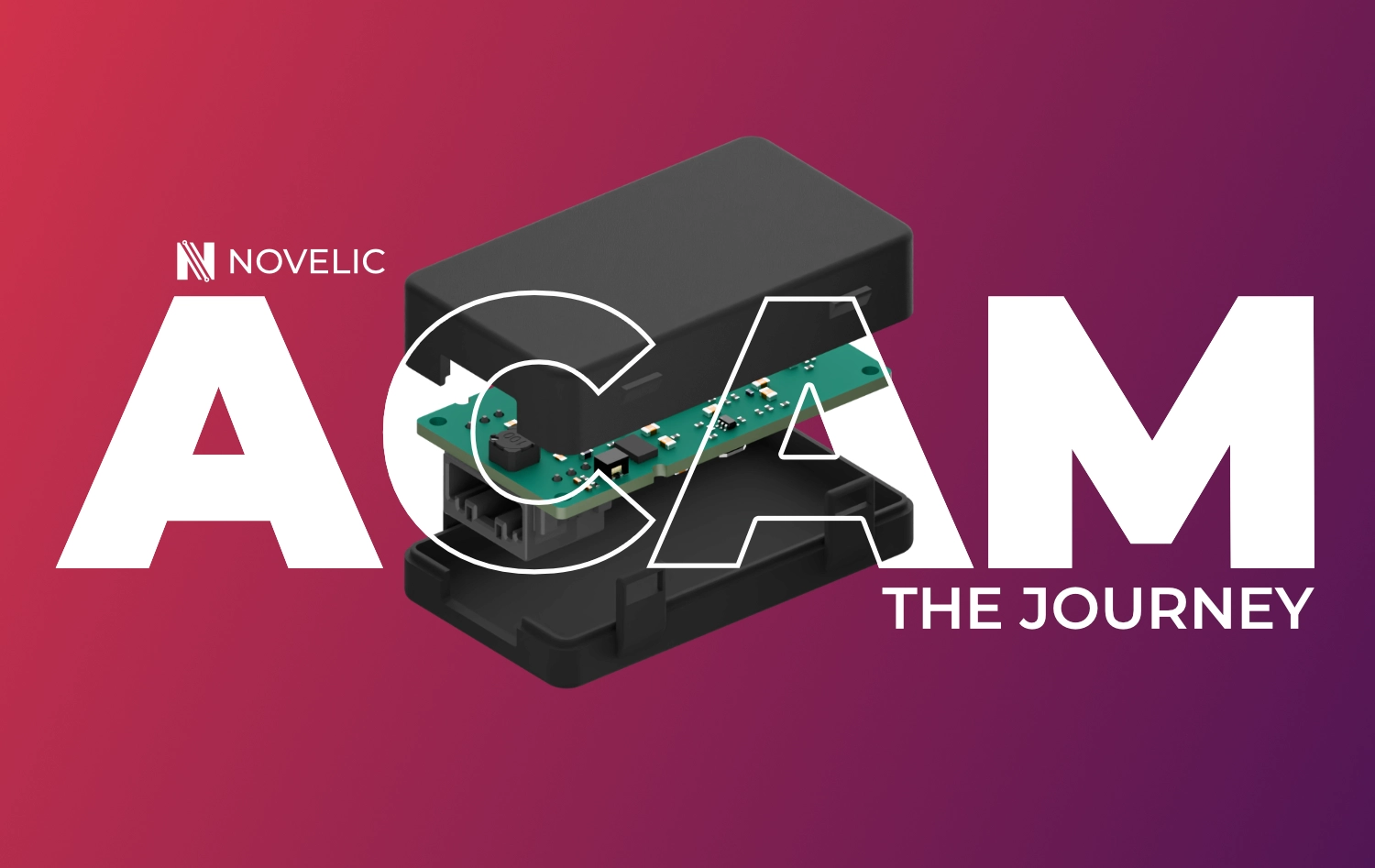
The problem of hot car deaths
According to the US-based National Safety Council, on average, 37 children die each year from vehicular heatstroke – being left in a hot vehicle. In 2019, the number reached the harrowing figure of 53. Since 1998, 1025 pediatric vehicular heat strokes (PVH) have been tracked in the United States.
Children’s bodies overheat three to five times faster than those of adults. The inside of a car can exceed 60° C (140° F) on a hot day, with the ambient temperature being able to rise by 6 °C (43 °F) in just an hour. By 2016, the UK Automobile Association reported having to rescue children from hot cars seven times a day on average. That same year, the American non-profit advocacy group KidsAndCars sponsored the proposed Helping Overcome Trauma for Children Alone in Rear Seats Act (HOT CARS Act of 2016, H.R. 6041), aiming to address this issue by mandating alert systems in new vehicles. The Association of Global Automakers and the Alliance of Automobile Manufacturers pledged to make rudimentary rear-seat occupant alerts standard in American cars by 2025.
Further versions of the HOT CARS Act were introduced in 2019 (S. 1601) and 2021 (H.R. 3164), with some of the provisions being rolled into the Infrastructure Investment and Jobs Act in 2021.
As of 2025, no version of the HOT CARS Act has been signed into law. Surveys have shown that parents are unlikely to want to buy aftermarket alarms for their children, as they don’t want to believe they are capable of forgetting their children in a hot car. This means that regulation can be the most likely driver of the adoption of child presence detection alarms.
With climate change exacerbating temperature anomalies and the rising average temperatures across the world, the issue of hot car deaths is only going to become more relevant in the coming years, as 2025 is set to become the third “hottest summer on record” in a row.
NOVELIC’s early developments (2012-2017)
NOVELIC, then called NovelIC, was founded in 2012 by a group of engineers with RF and mmWave radar expertise, looking to further consumer applications of mmWave. Due to their harmless nature and contactless mode of operation, mmWave radars can detect humans and track their vital signs via capturing and processing micromovements inherent to living beings. This makes them ideal for detecting the presence of people when safety is paramount, without invading their privacy the way cameras do.
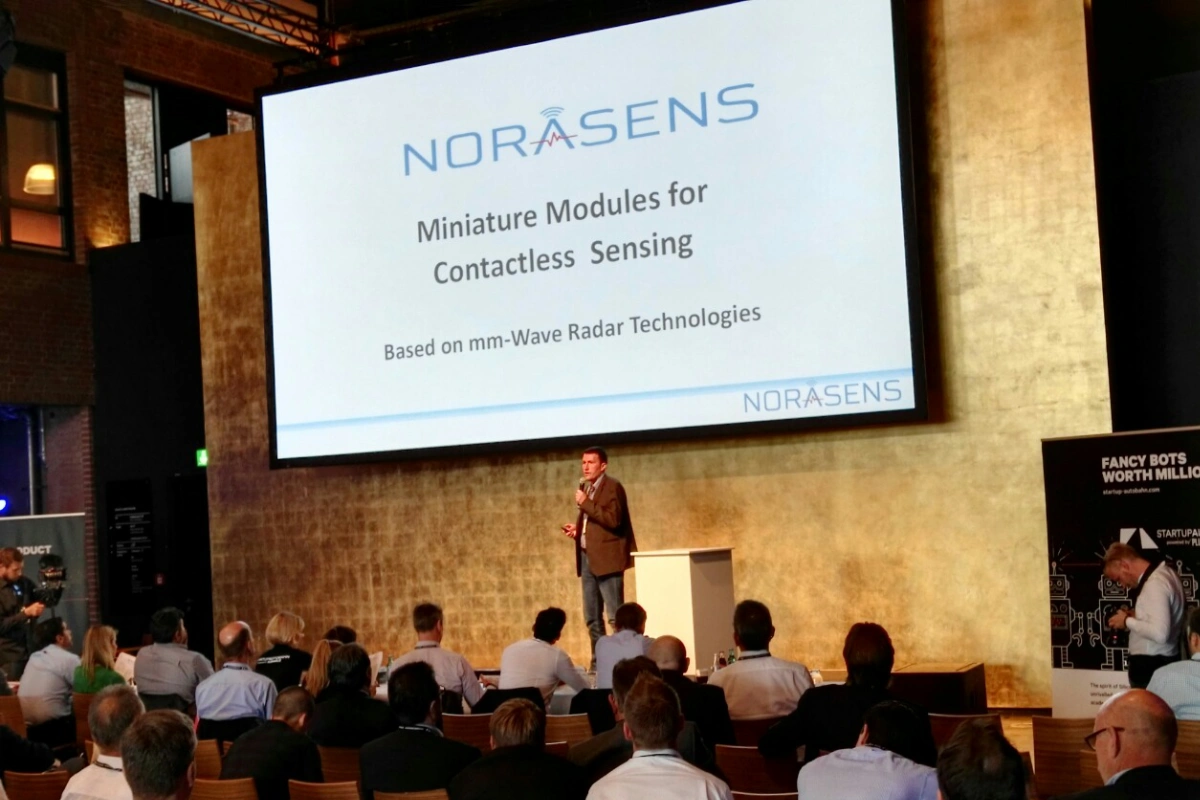
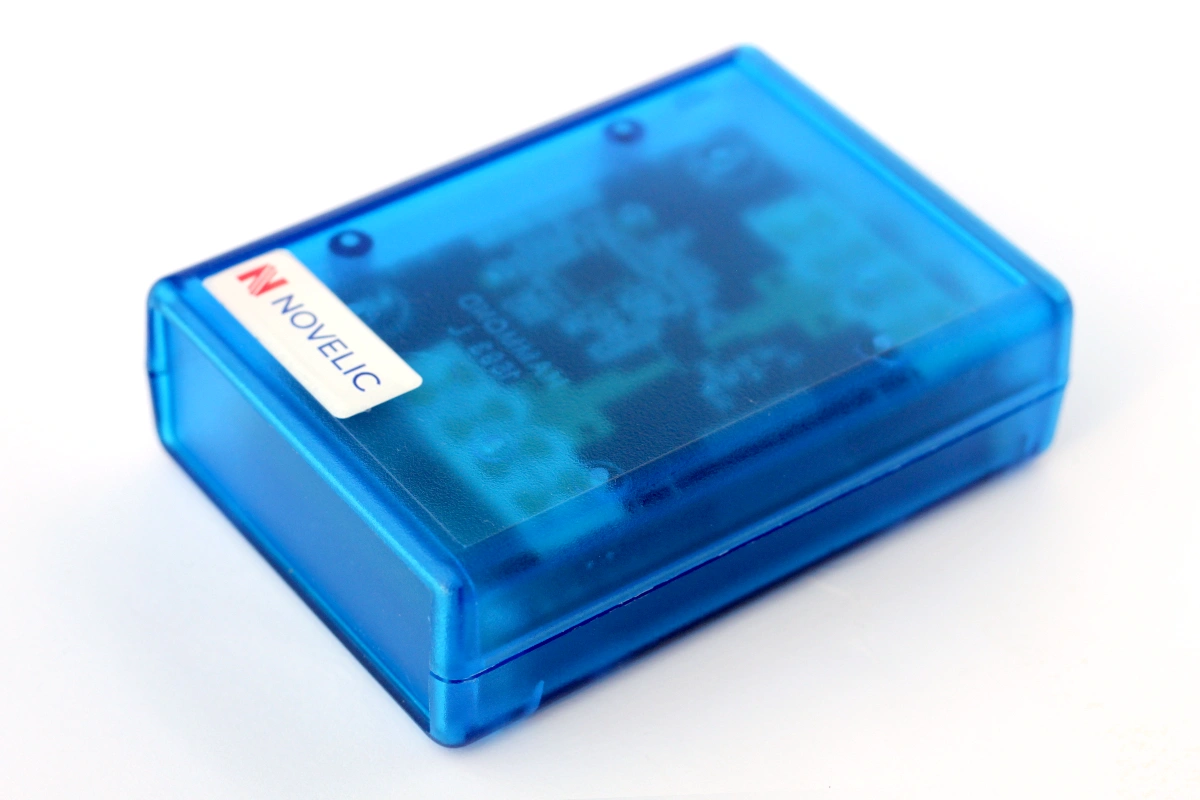
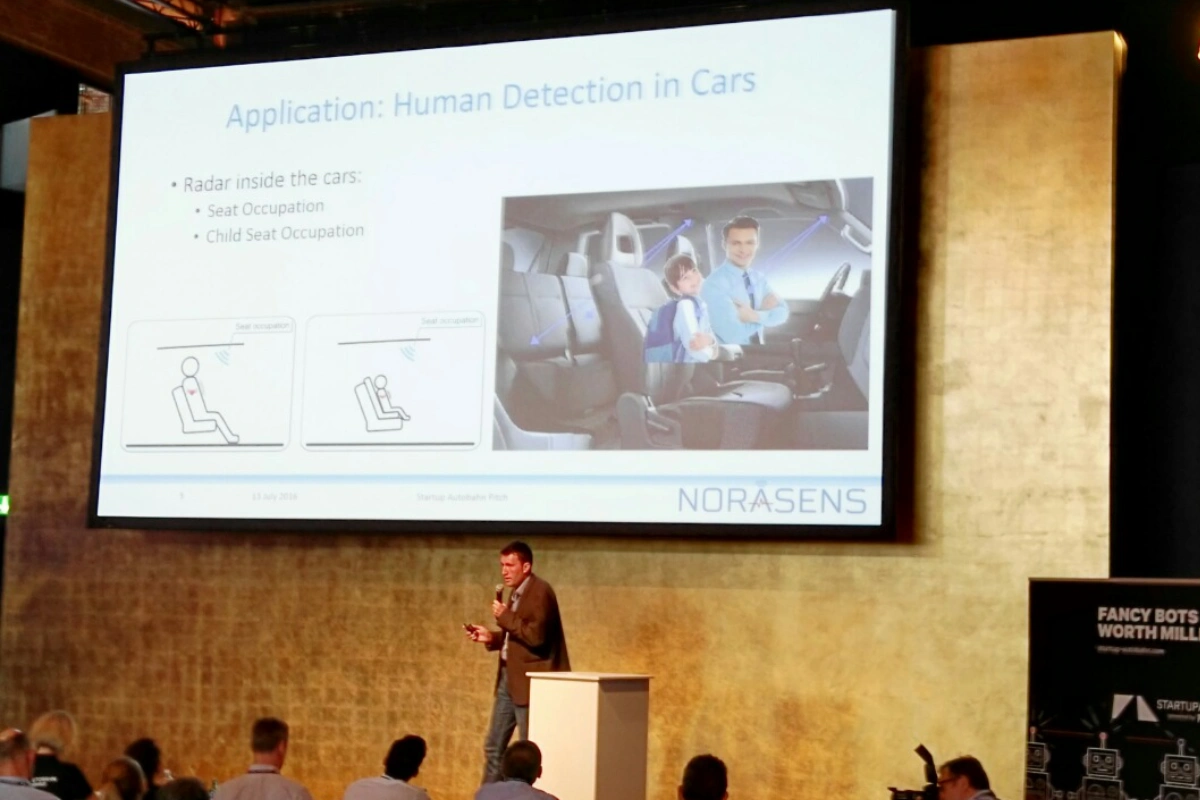
The first presentation of NOVELIC’s in-cabin radar at a closed OEM event in Stuttgart 2016
By 2014, NOVELIC had patented a mmWave radar vital signs detection apparatus, using a 60 GHz integrated radar front-end to measure the heartrate and respiratory dynamics of adults and babies. The motivation behind this development was to enable faster medical staff reactions to abnormalities in patients and incubated babies, in order to prevent deaths due to phenomena such as sudden infant death syndrome (SIDS). NOVELIC’s patented technology allowed for the development of small, low-power devices monitoring the heartrate, heartrate variability, breathing rate, and breathing rate variability, without the need for a wearable module, or any physical contact.
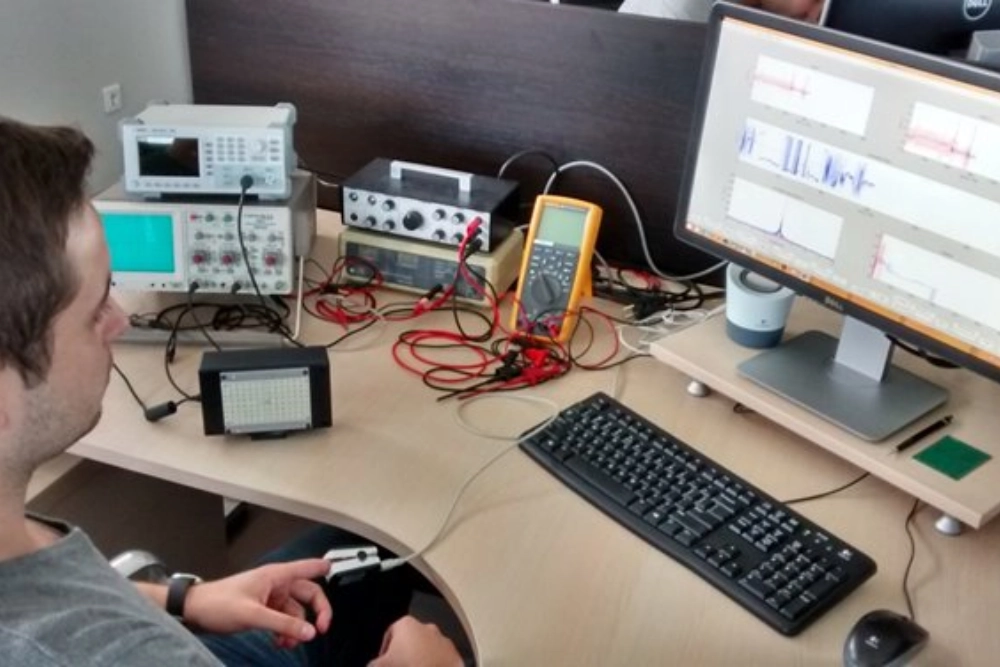
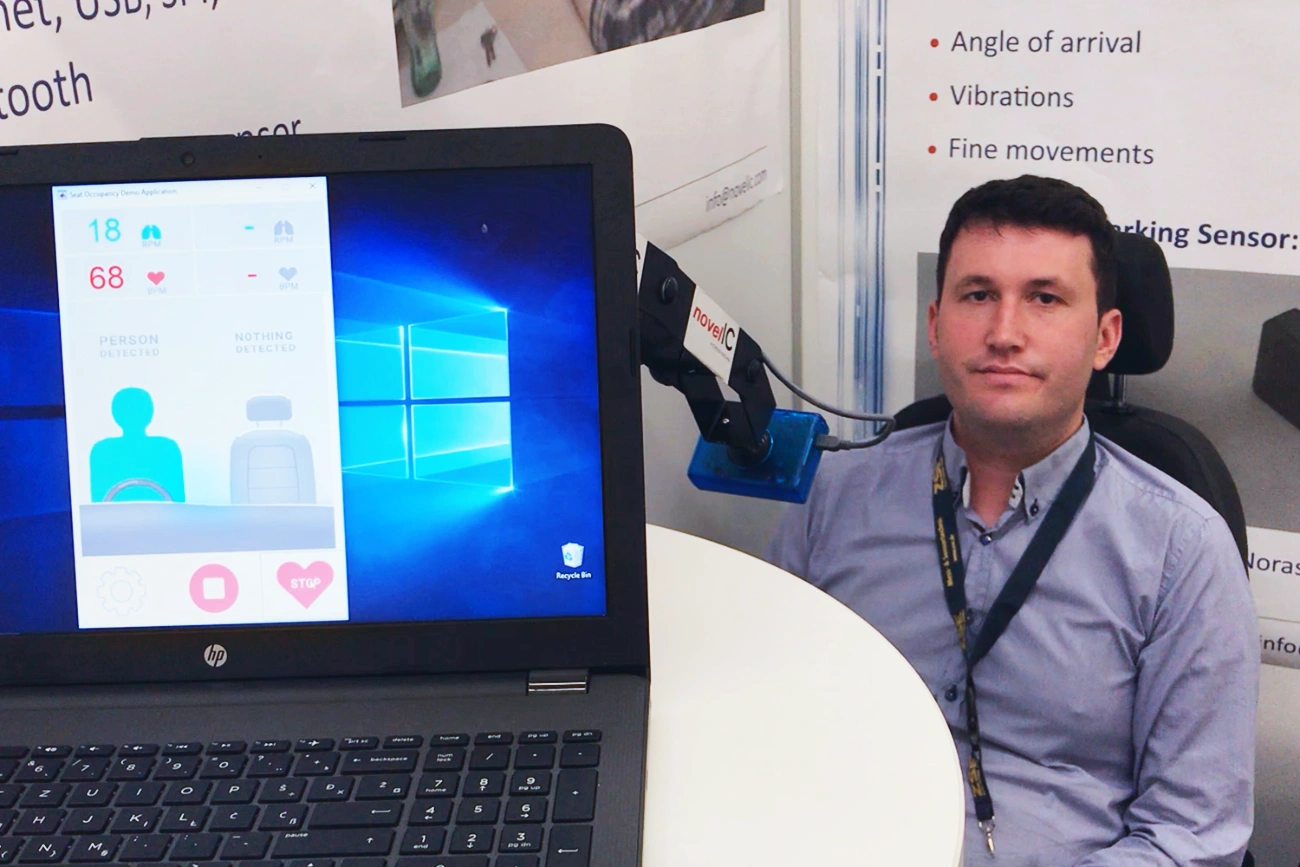
The first vital signs monitoring demo using mmWave radar technology, 2013
Euro NCAP steps in (2017-2023)
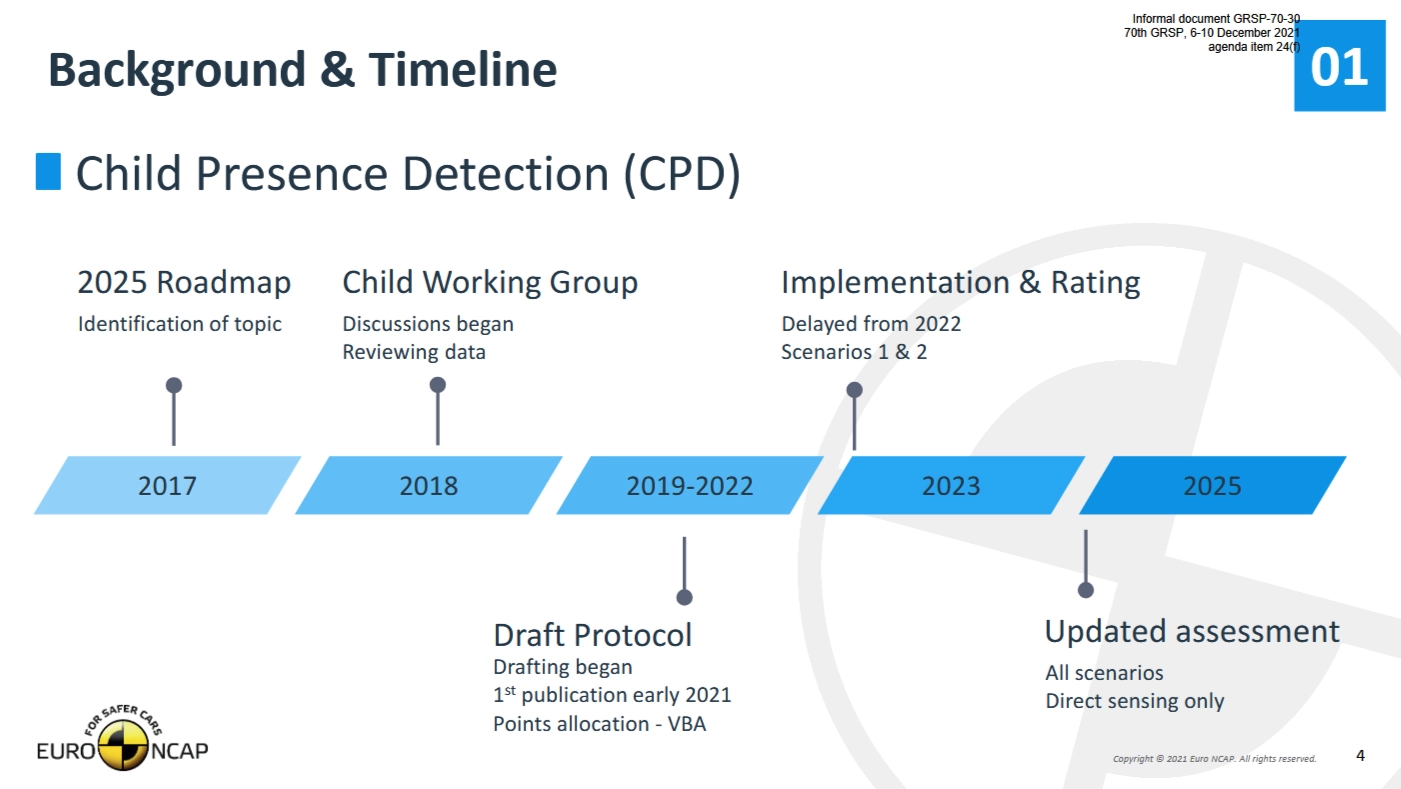
The European New Car Assessment Protocol (Euro NCAP) is a safety assessment and rating body dedicated to raising the standards of safety of cars in Europe. The various protocol over the years have defined standards for the levels of safety for adult occupants, child occupants, and vulnerable road users.
By 2017, Euro NCAP had identified the issue of hot car deaths as a priority, drawing on the numbers of vehicular heatstroke fatalities in the US, as there was no systematic tracking of such incidents in Europe. In early 2021, Euro NCAP published the first plans for Child Presence Detection (CPD) as part of the Euro NCAP Roadmap for 2025, defining the requirements for systems to detect children left behind in cars. Vehicles with CPD systems as part of the standard equipment would be rewarded with up to four safety points, resulting in a higher NCAP score.
This led to a demand for robust and reliable child presence detection systems to be developed in time for the 2025 protocol, with OEMs incentivized to invest in partnerships with Tier 1 and Tier 2 suppliers to develop CPD systems for their newest cars. Euro NCAP recognized cameras, LiDAR, infrared, WLAN, Ultrasonic and radar as technologies suitable for fulfilling the task of child detection, with related systems in the car intervening by warning the driver or activating the air conditioning.
NOVELIC’s ACAM (2018-present)
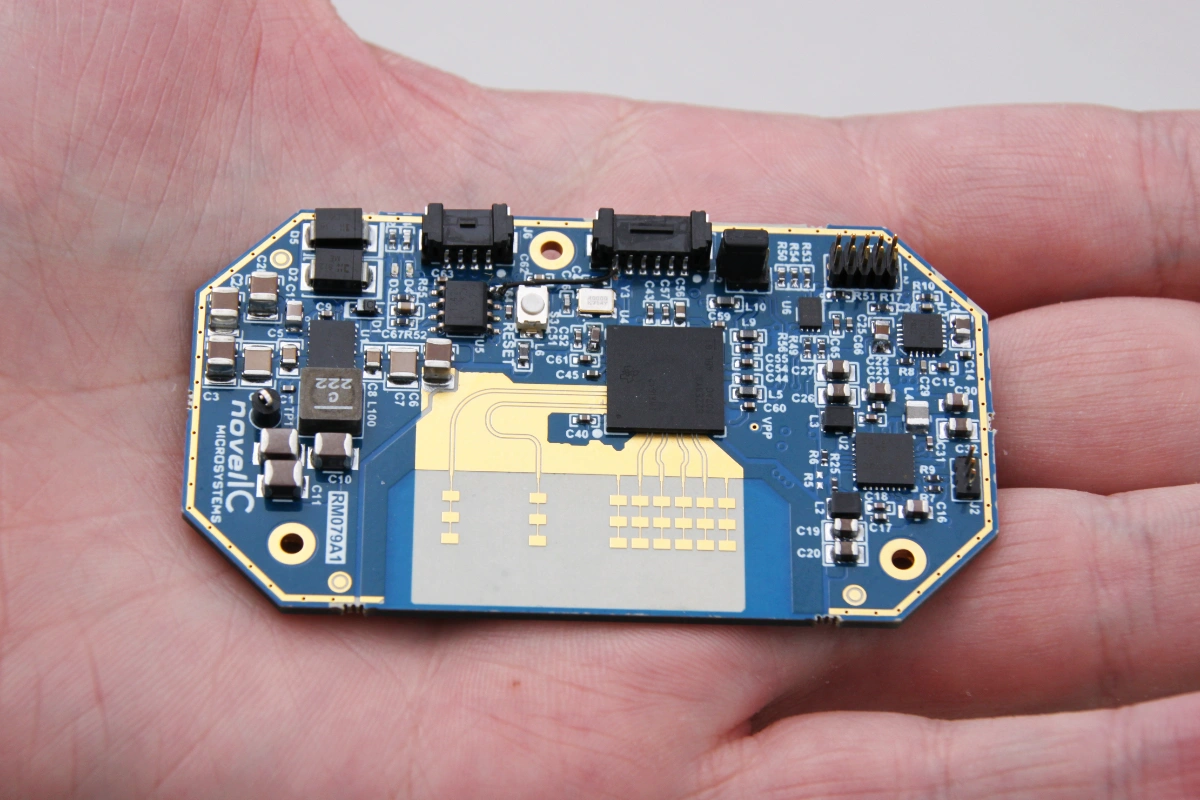
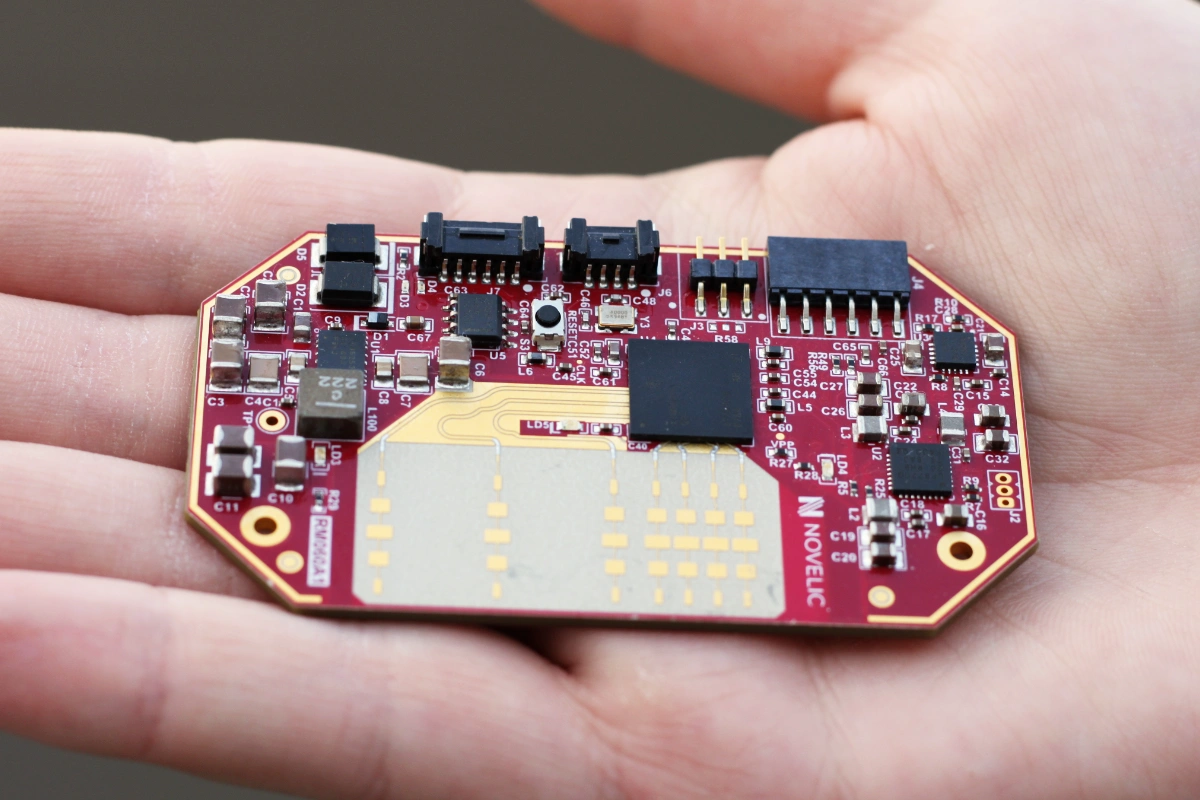
With years of mmWave product experience, NOVELIC realized the potential of using mmWave radars to fulfill the NCAP requirements, while providing additional occupant-monitoring functionality with the same module. This umbrella of features came to be known in the industry as Occupant Monitoring Systems (OMS) or In-Cabin Monitoring, with mmWave radar solutions carving out a niche due to their high detection rate, privacy-friendly design, and power-efficient modules.
By 2020, the industry was starting to converge towards the use of 60 GHz mmWave radar for interior applications, due to finer short-range resolution, higher atmospheric absorption, and avoiding interference with exterior automotive radars, which traditionally use the 79 GHz – 81 GHz band.
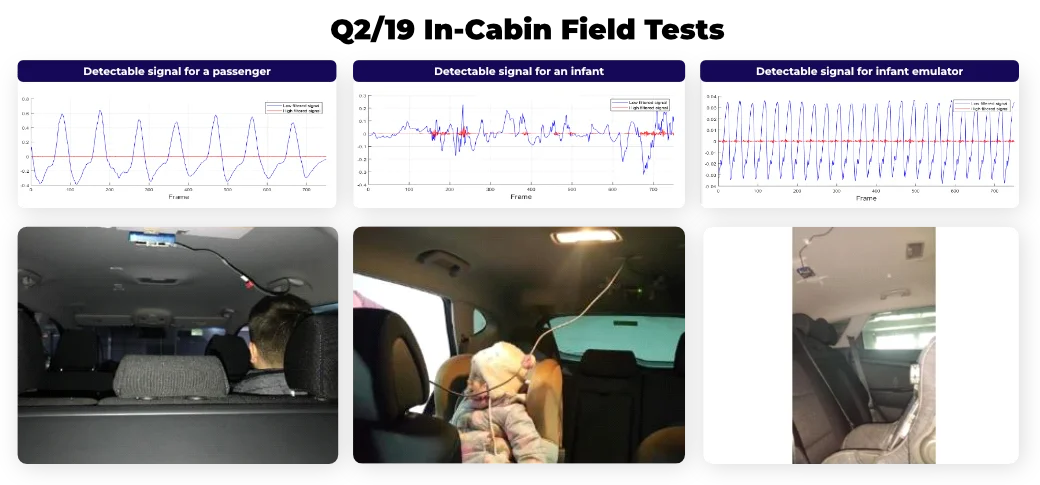

Developing and testing child presence detection systems poses several challenges, one of which is getting live test subjects for measurements. In order to facilitate development even when child test subjects weren’t available, NOVELIC built a baby emulator, now commonly known as a “CPD Dummy”, before NCAP had a designated dummy for testing. This emulator was built from CPR simulators used for medical training, making use of a servo motor to simulate chest movements. Controlling the dummy through a mobile app, NOVELIC’s engineers could adjust the heartrate and breathing rate, and thus adjust the algorithms in accordance with typical heartbeat and breathing patterns of babies and adults.
By 2022, NOVELIC’s engineers started migrating the algorithms to a new platform, in order to leverage Infineon’s smaller AiP mmWave IC design. This proved to be a turning point in the development of ACAM, as this allowed further miniaturization of the board, as well as better thermal performance, eliminating the need for a heatsink in the final module.
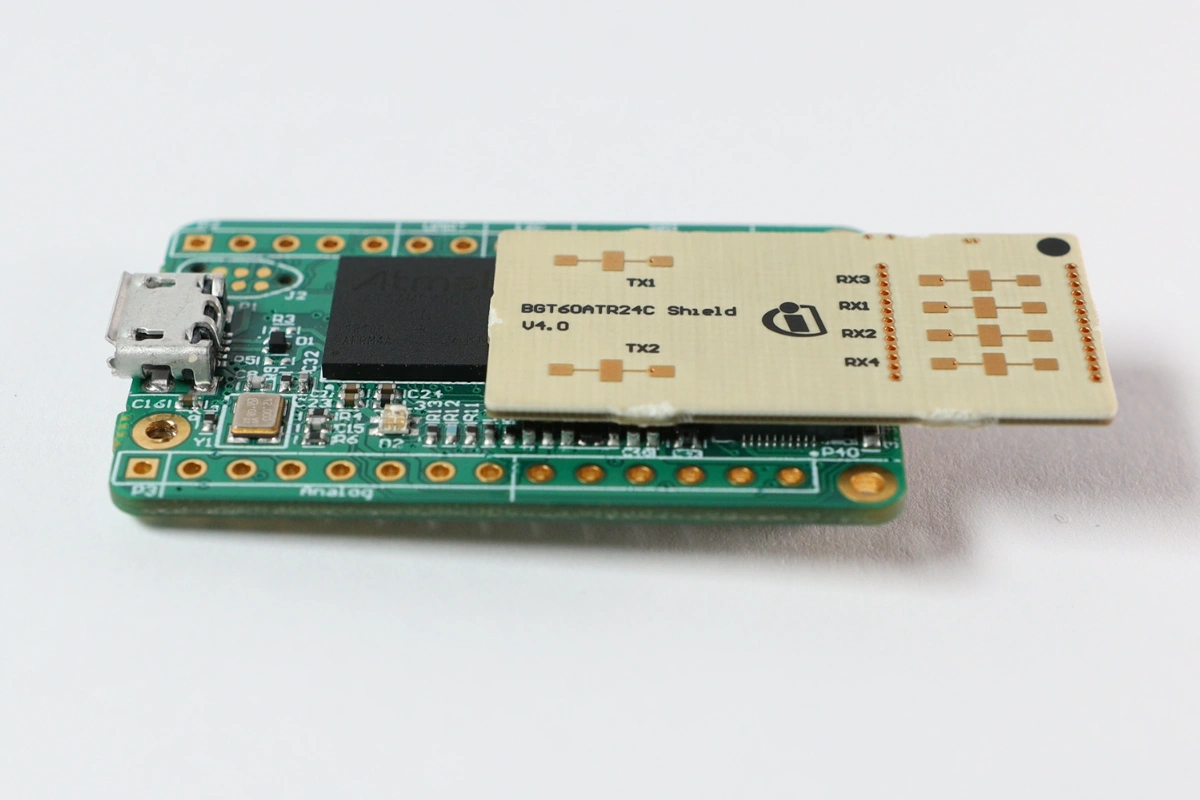
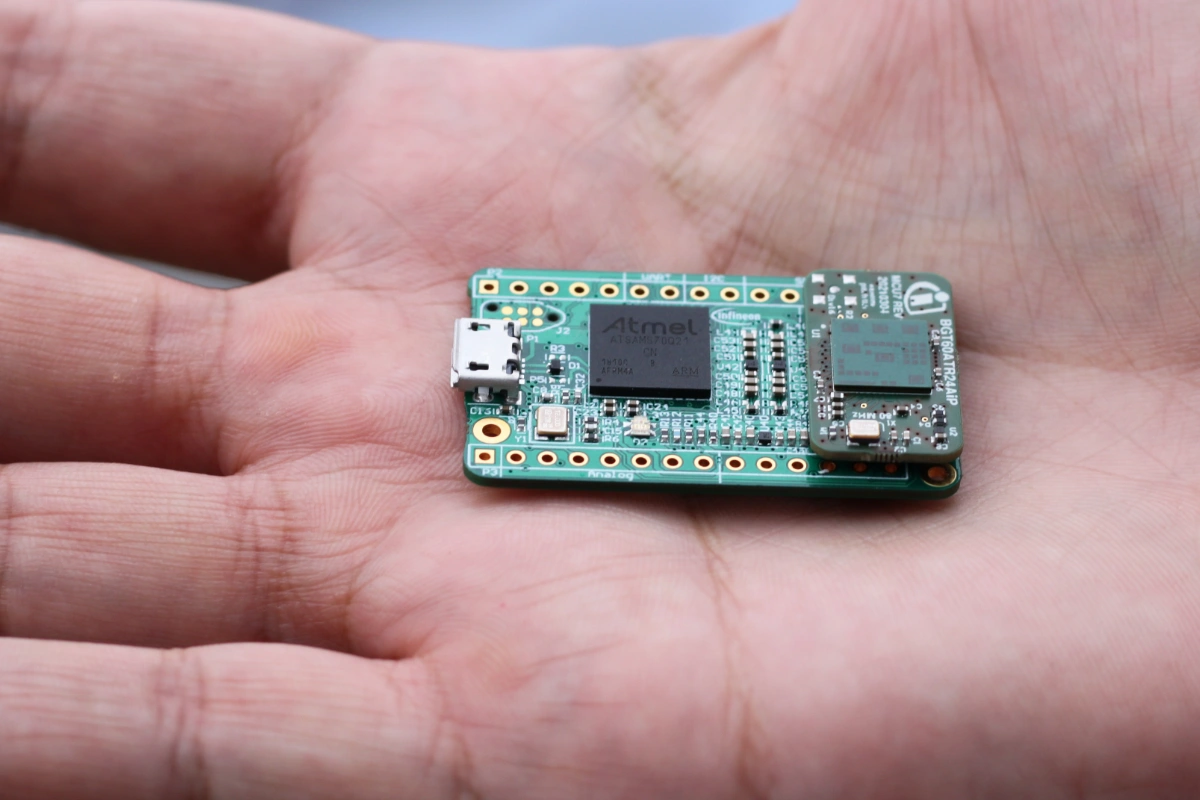
That same year, ACAM made its public debut in the automotive industry at InCabin Europe 2022 in Brussels, showcasing the three main features: child presence detection, seat occupancy detection, and intrusion & proximity alert. In order to demonstrate this technology in a live setting, a custom cabin model was built, with an integrated demonstrator allowing OEMs and Tier 1s to imagine how this technology could be seamlessly integrated into future cars.
“Full In-Cabin Safety Sensing Using Radar”, presented by Milan Stojanović at InCabin Europe 2022
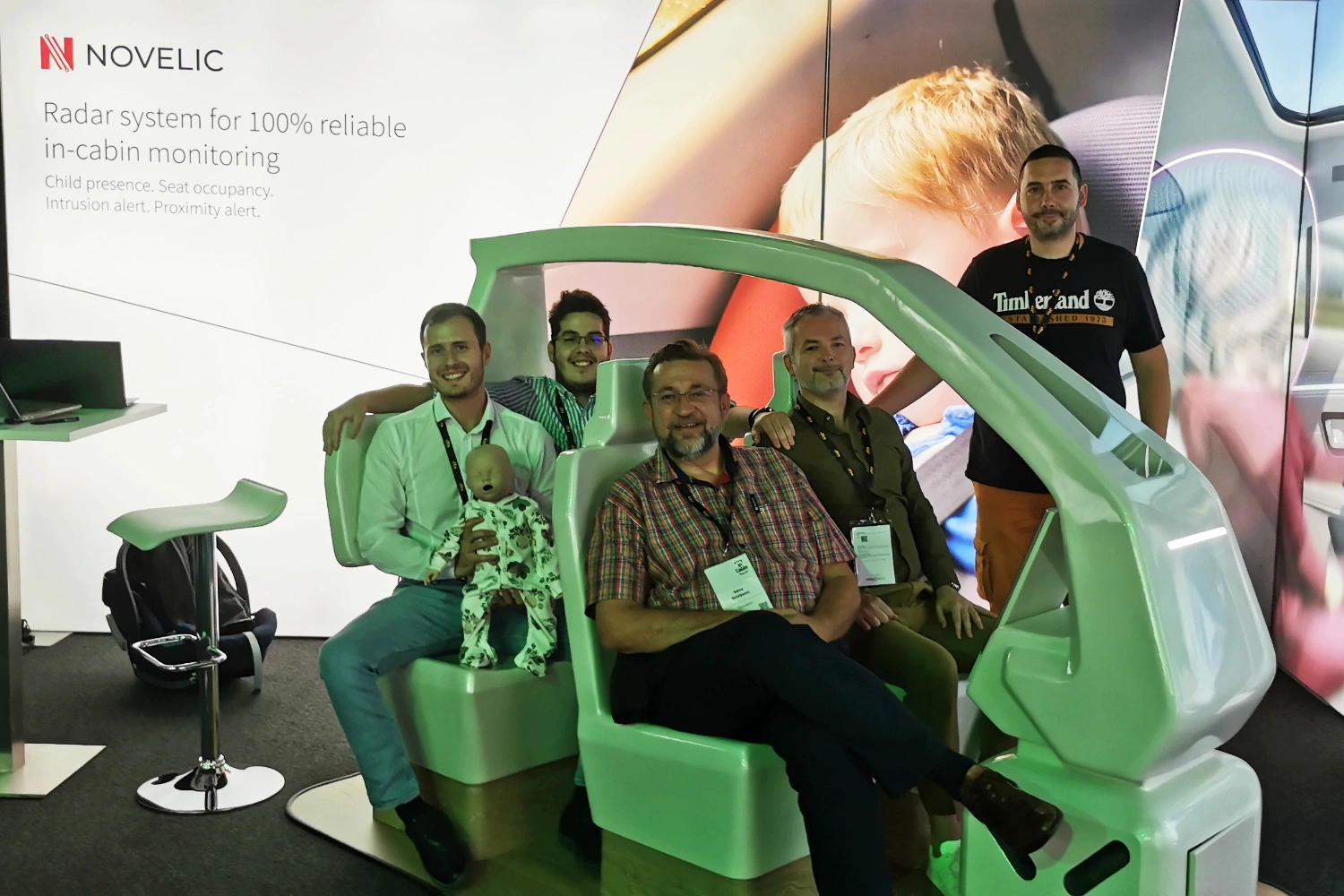
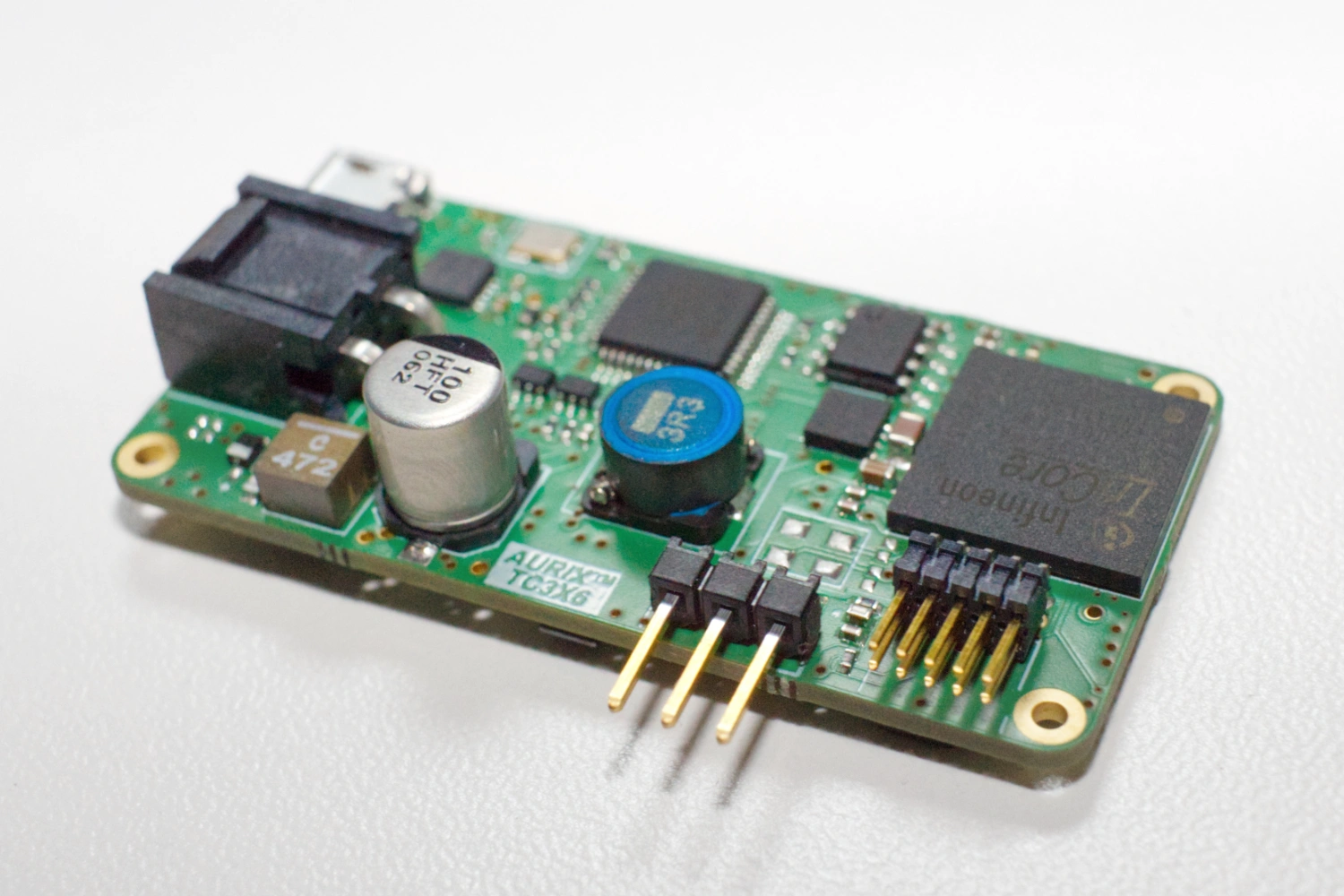
ACAM made further appearances at IAA Mobility 2023, InCabin Europe 2024, CES 2025, and Auto Shanghai 2025, showing off its industry-leading performance in child presence detection, and the additional functionality offered on the same module. Seat occupancy detection localizes passengers within the vehicle, determining which seats are occupied, without false positives caused by heavy objects. The positioning of the module allows it to monitor the immediate surroundings of the vehicle, detecting movement and unauthorized intrusions into the vehicle and alerting the owner.
In 2025, the year of the Euro NCAP CPD protocols came into effect, NOVELIC secured their first nomination from a Tier 1, putting ACAM on a path towards mass production in Q1 2026. The current design is the smallest and most power-efficient in-cabin monitoring solution on the market, being able to cover two rows of seats with only one sensor.
The hard work of NOVELIC’s engineers was recognized in May 2025, when ADAS & Autonomous Vehicle International, an industry publication covering the latest trends and innovations in the automotive technology space, awarded ACAM as the In-Cabin Innovation of the Year, at their inaugural AAVI Awards in Stuttgart.
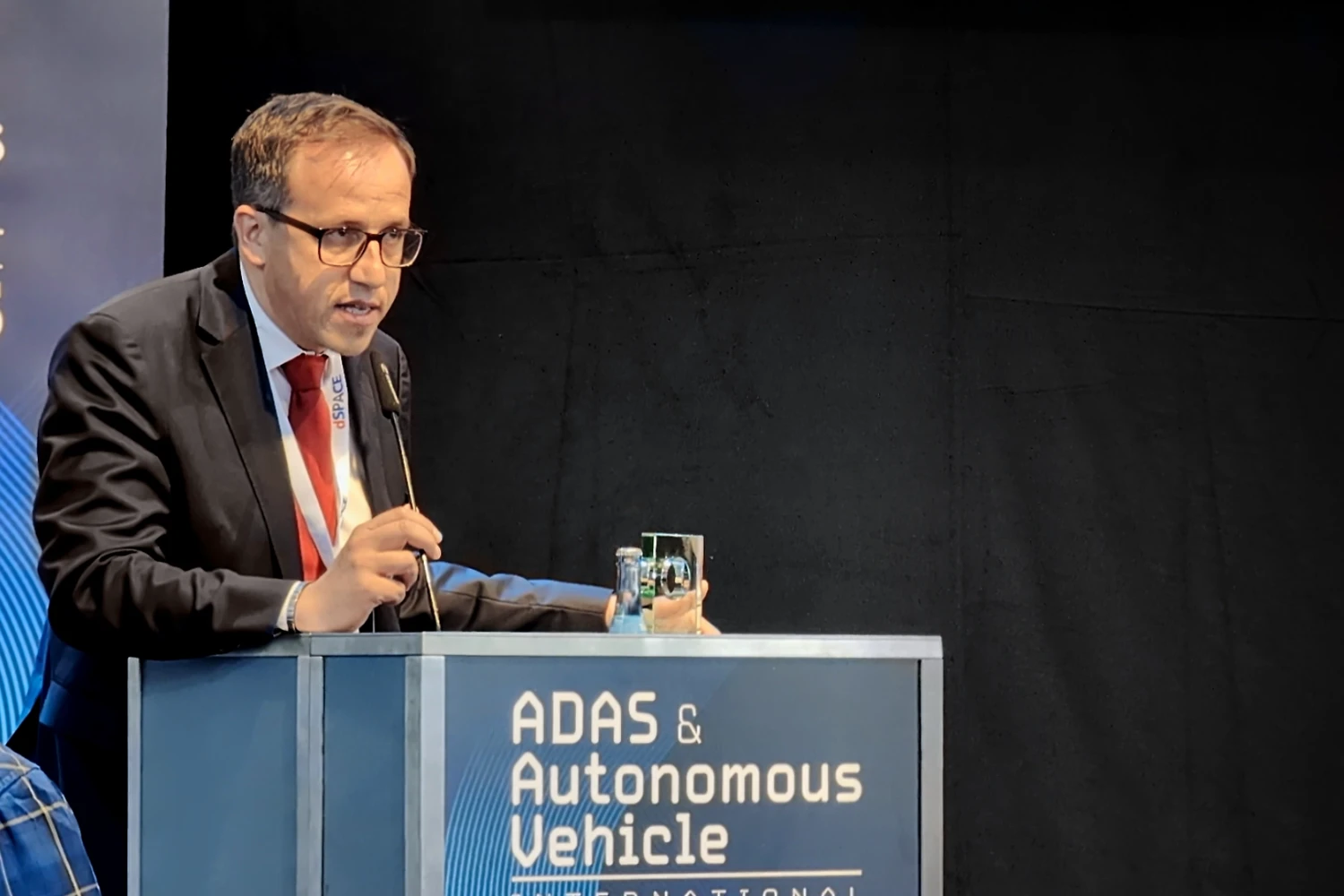

The Future
In tech, there is no cause more noble than developing a life-saving technology.
Dr. Raffaele Soloperto
VP of Automotive Radar at NOVELIC
NOVELIC’s ACAM In-Cabin Monitoring module will be coming to cars in 2026 – but the battle to prevent hot car deaths is still ongoing. On the regulatory front, China’s equivalent of Euro NCAP, C-NCAP, introduced requirements for child presence detection in the 2024 protocol, awarding a maximum of 2 points for active detection systems. India’s nascent Bharat NCAP has been working hard at raising the safety standards on the Indian market since its introduction in 2023, and is expected to introduce CPD protocols by the end of the decade.
Widespread acceptance of a technology can be expedited only by making the adoption as frictionless as possible, which means making better, more feature-rich, and more affordable solutions, to ensure uptake in all markets and at all price points. With the consequences of climate change disproportionately affecting the countries in the Global South, legislation and further technological developments in the field will play a large part in preventing as many vehicular heat strokes as possible in the coming years.
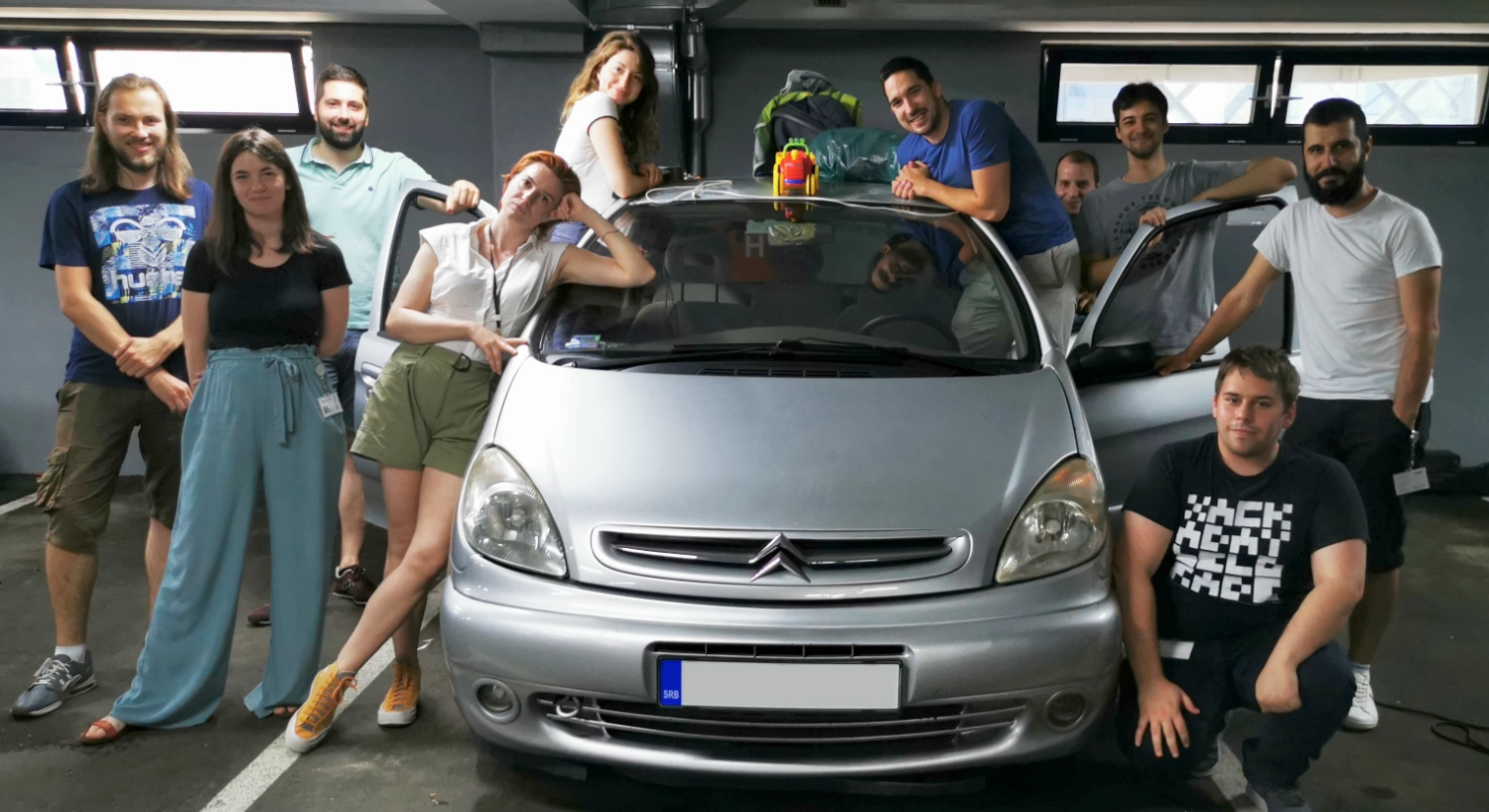
Early ACAM team
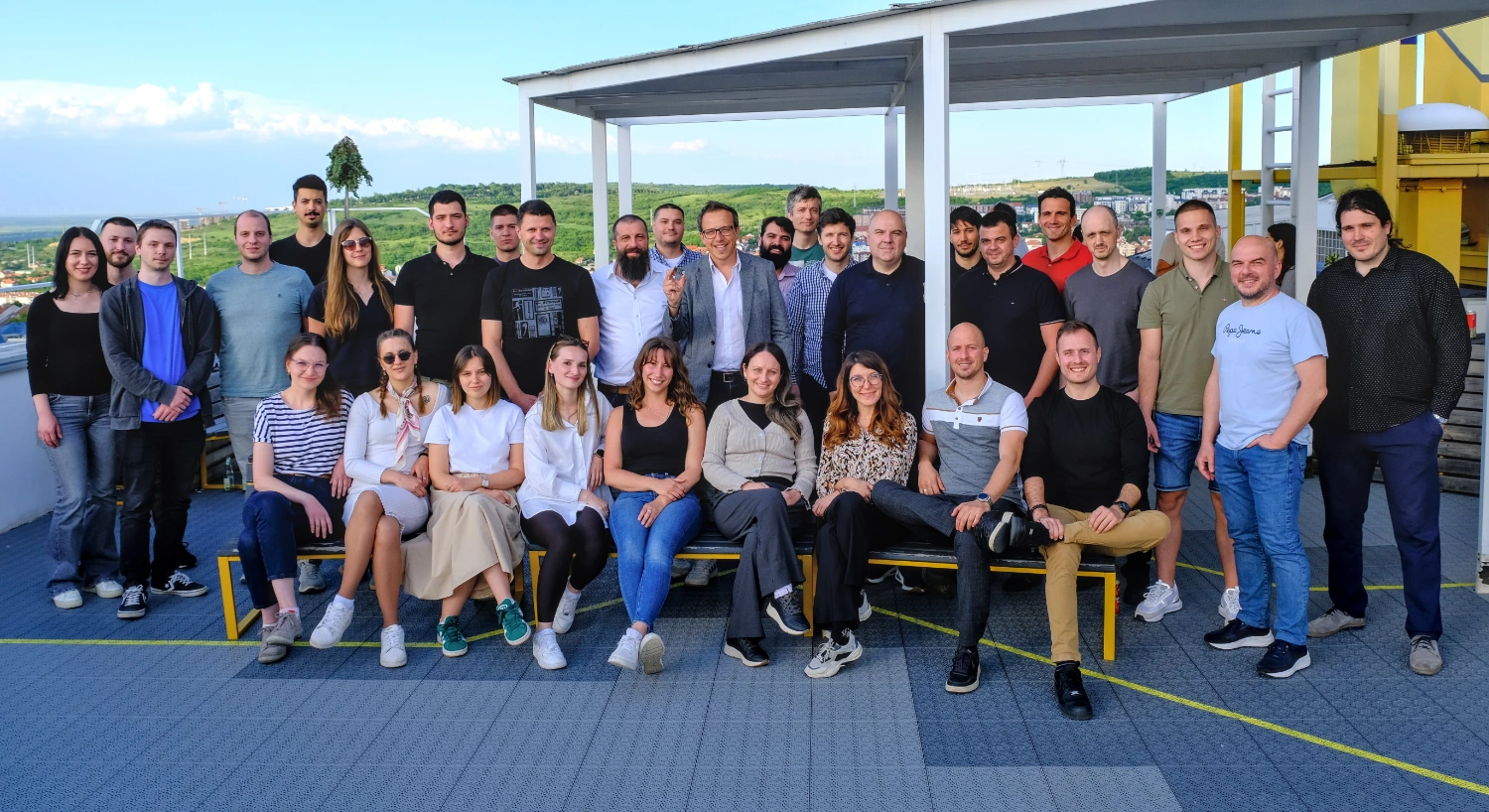
Present-day ACAM team